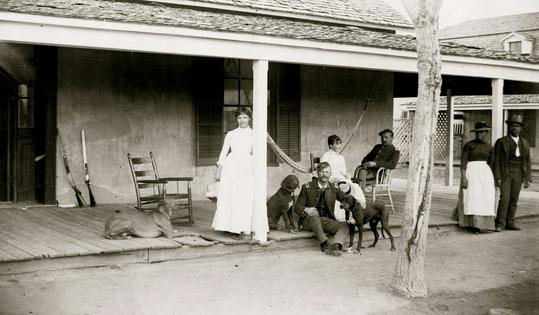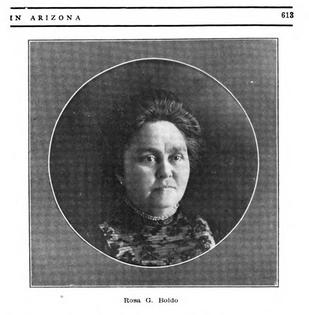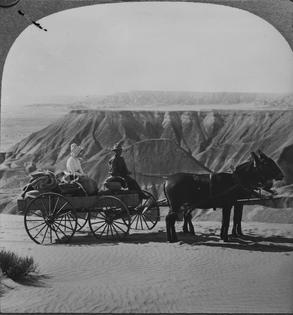Arizona’s 1864 abortion law was made in a women’s rights desert – here’s what life was like then
Published in Political News
Dora Juhl, a 15-year-old teenager, walked into Dr. Rosa Goodrich Boido’s obstetrical practice in Phoenix in January 1918. Juhl wanted to end her pregnancy.
But abortion was illegal in Arizona.
Boido, the city’s sole female physician, asked Juhl for US$100 – about $2,000 today – to perform the abortion.
Juhl said she could pay $27 – her entire savings – but Boido explained the legal risks, including the prison time she could face, and insisted on full payment. Juhl left the office, then tried to give herself an abortion and returned to Boido’s practice in physical distress.
Boido then admitted Juhl as a patient. It is unclear whether Boido performed an abortion, removed fetal tissue, or merely gave her pain medication. The next day, police arrived and arrested Boido. Arizona charged Boido under a 54-year-old law banning abortions. She lost her medical license and spent three months in jail with bail set at $15,000 – about $300,000 today – before her trial.
Those days may soon return to Arizona.
The Arizona Supreme Court ruled on April 9, 2024, that this same 160-year-old territorial law that bans abortion – unless the pregnant person’s life is in danger – will go into effect.
Since that ruling, the Arizona Legislature has been grappling with how to handle the near-total ban. After several weeks of attempts, the state House of Representatives passed a repeal of the law on April 24, 2024, that now goes to the state Senate for debate and a vote. But even if the ban is fully repealed, it could still take temporary effect this summer.
Passed during the Civil War in 1864, this law mandated that anyone who used medicine or surgery “to procure the miscarriage of any woman then being with child, and shall be thereof duly convicted, shall be punished by imprisonment in the Territorial prison for a term not less than two years nor more than five years.”
The sole exception was a physician who “deems it necessary to produce the miscarriage of any woman in order to save her life.”
...continued













Comments